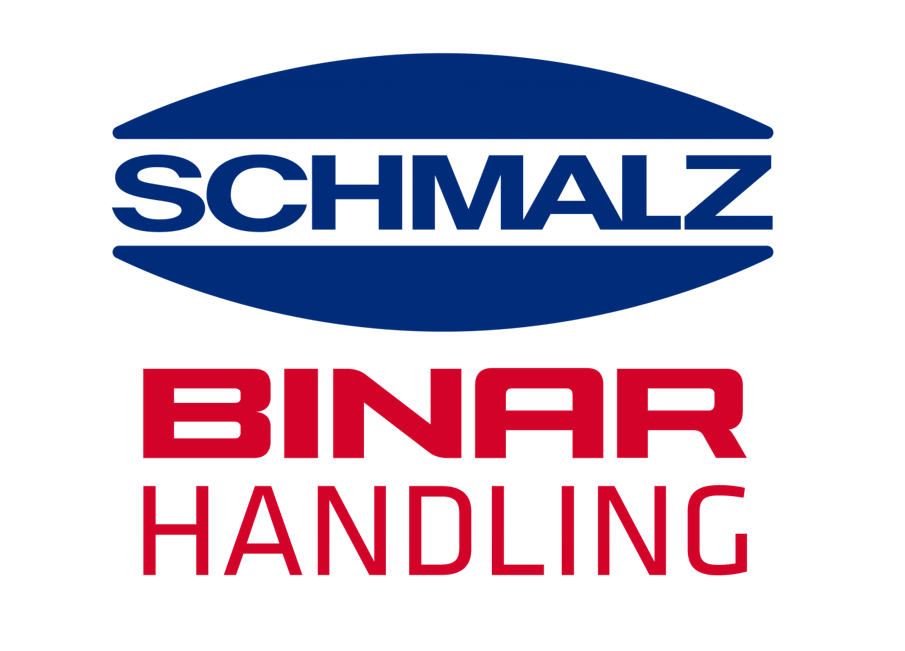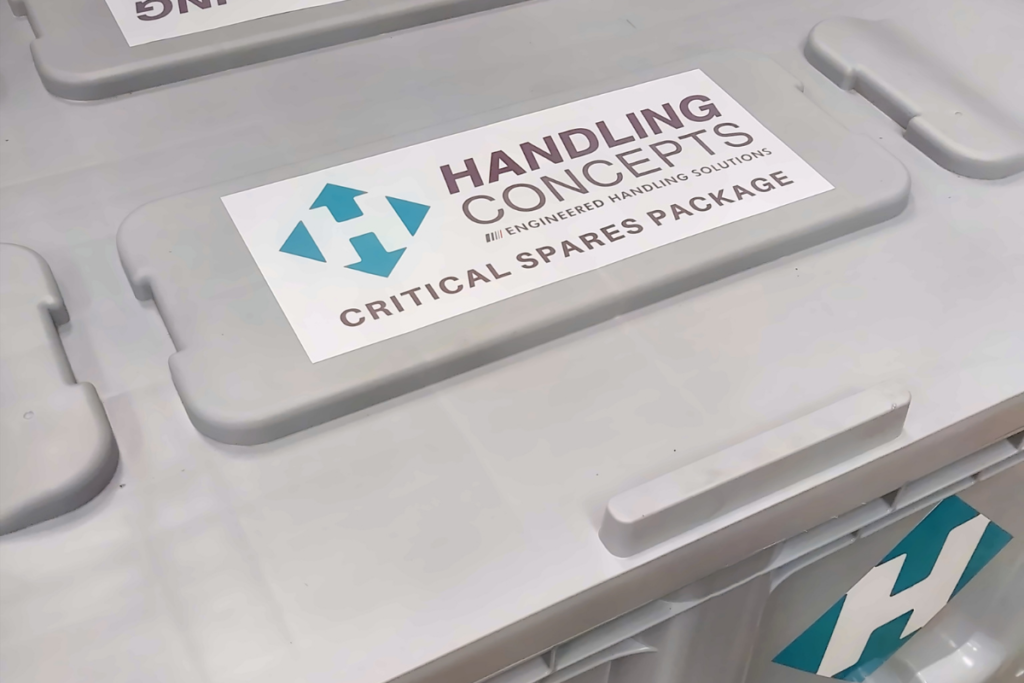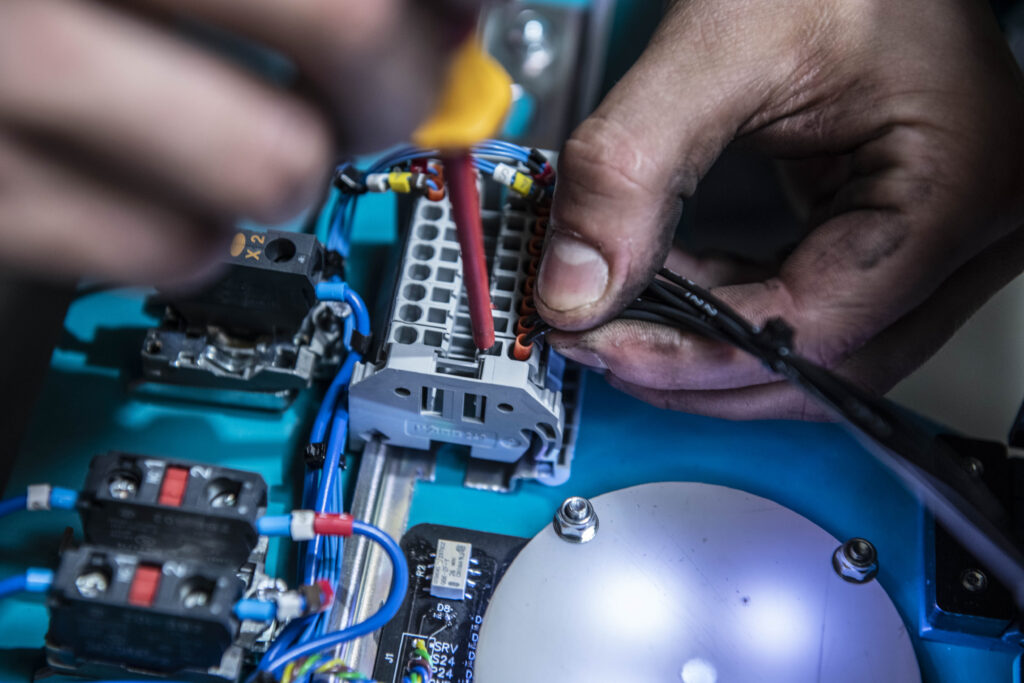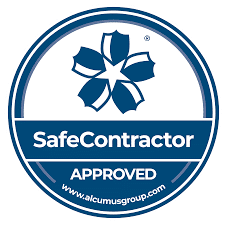5 Questions You Need to Answer When Buying A Vacuum Tube Lifter
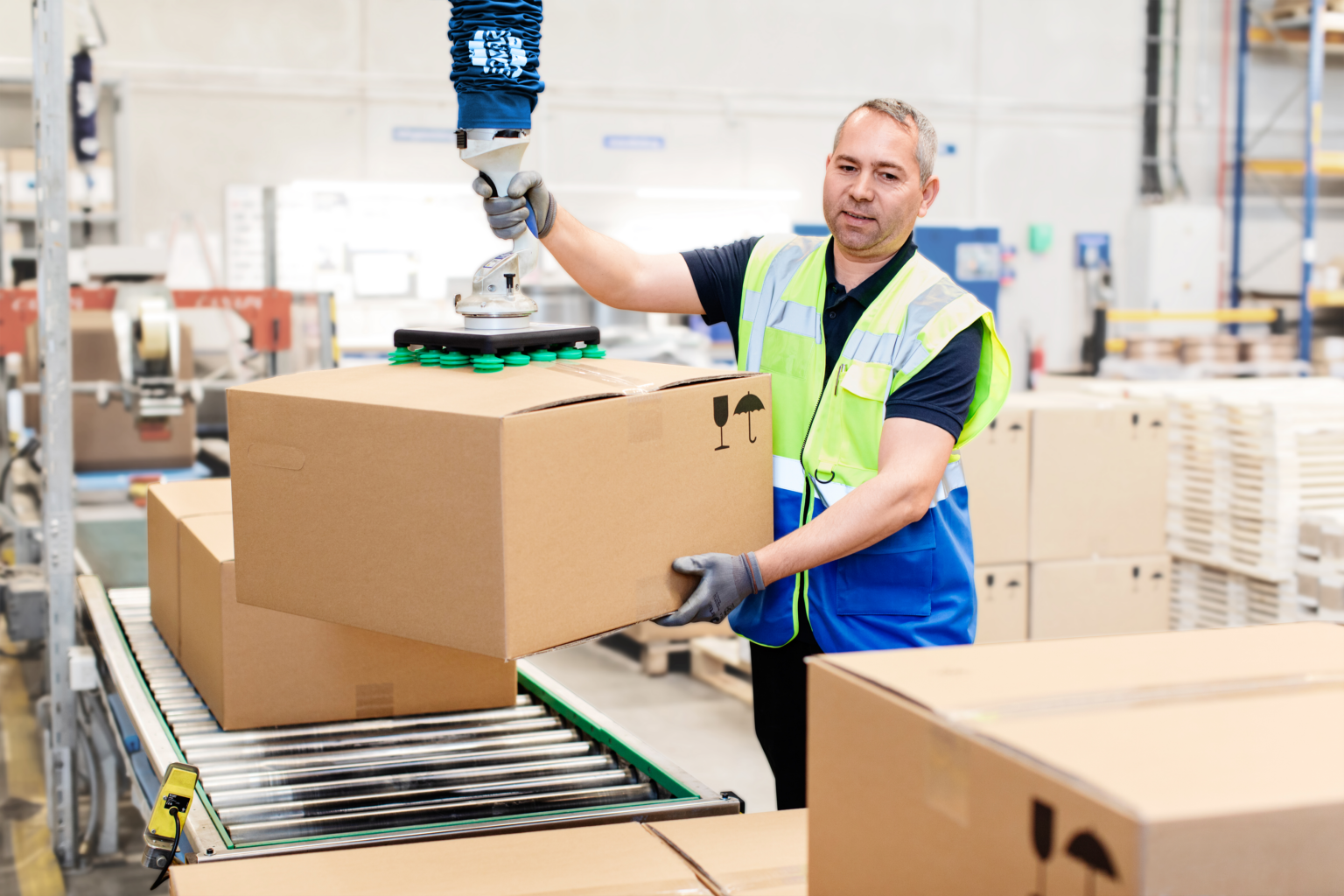
Increasing productivity and reducing worker fatigue are some of the many benefits a vacuum tube lifter could bring to your business. For your first enquiry, you will be asked several questions about your application, your load and workspace. To help your own and your materials handling equipment suppliers’ understanding, here are 5 questions you can prepare ready for your initial discussion.
1a. What is your application?
Application defines the action of the operation, or, to put it simply, what you are trying to do with the product/material. This may be lifting a bucket or a barrel on and off a conveyor or putting a product like a washing machine into a box for shipping. The application also takes into consideration the environment and space available to you.
The application will affect what lifting unit (vacuum pad) your vacuum tube lifter has and whether a vacuum lifter is the right solution for you. For example, if you want to lift cardboard packaging, the end effector could be supplied with two suction pads so they can sit either side of the taped centre.
For this question, you may have one of the follow products/materials:
- Bucket
- Barrel
- Drinks Crate
- Jerrycan
- Cardboard Packaging
- Board
- Bagged Cargo
- Special Solution
- ATEX
The application also includes how high (or low) you need to lift the load and if you need additional travel.
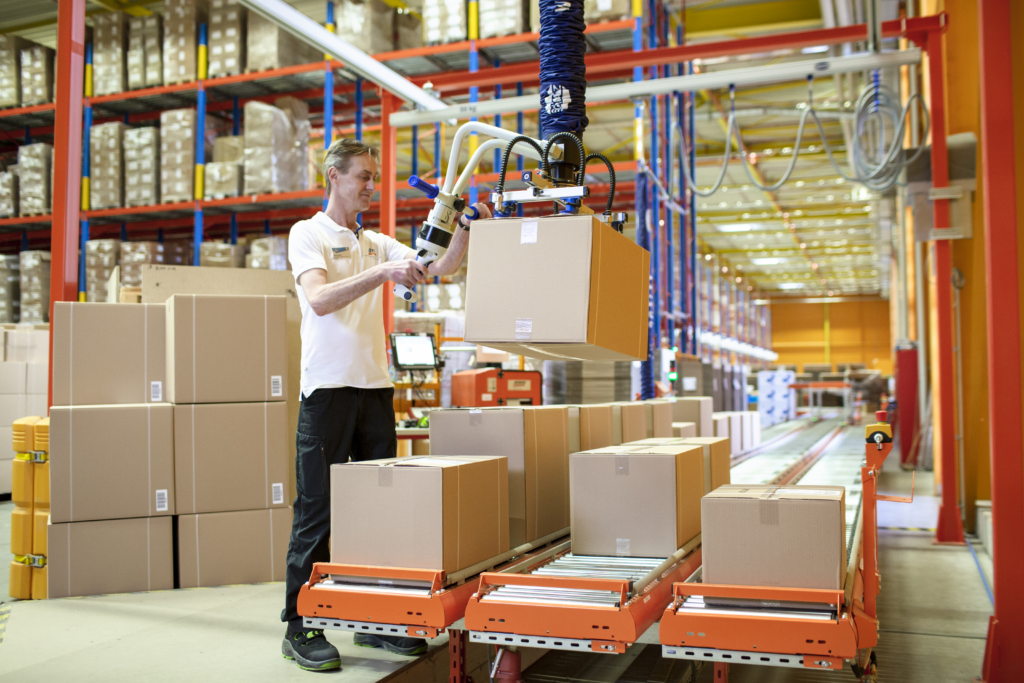
1b. How high (or low) do you need to lift the load?
Vacuum tube lifters are available in a range of sizes. Defining your minimum and maximum lifting height is important to ensure that your supplier provides you with the right size for your application. Your lifting height is defined by how high or how low you need to lift your product.
You will need to consider how your operator will use the equipment. It is recommended that your maximum lifting height does not exceed 180cm. However, lifting a load at this height can increase the risk of injury to your worker. If you need to lift your product or material equal or greater than this, consider an alternative lifting device.
1c. Do you need any additional travel?
Vacuum tube lifters should be used with an overhead lifting device like a jib crane, light crane system, or knuckle jib arm. Your decision on which to use should be motivated by the handling task and the space available to you. For example, if you want to move the vacuum tube lifter across a 180 degrees radius, a jib crane is a suitable solution. However, these can have limited horizontal travel. Therefore, you could consider a knuckle jib arm or an overhead rail system.
If you are unsure about what you require, speak to your materials handling equipment supplier. They will recommend you the best crane system for your requirements.
Your application will be the major factor that will determine if a vacuum tube lifter is right for you. If your application does not meet the requirement above, you may need to explore other solutions.
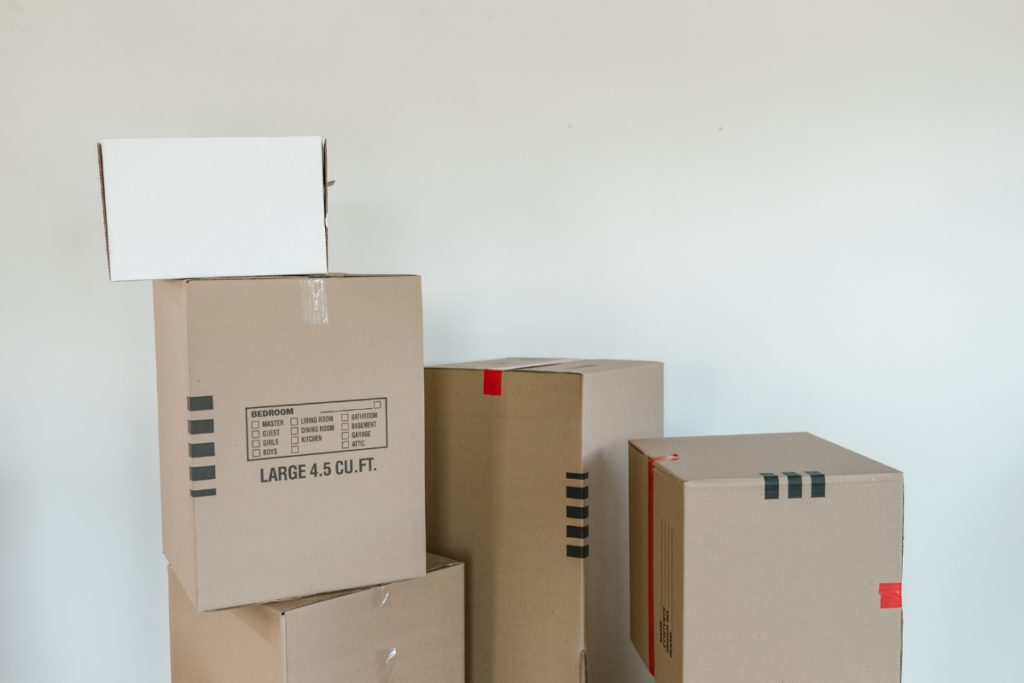
2. What material is your product made from?
What is your load made from? The material of your load is important and will enable your supplier to create a picture of what type of product the vacuum tube lifter will be lifting. This will help determine the right vacuum lifting head.
Your load material could include but is not limited to:
- Paper
- Plastic
- Steel
- Wood
- Stone
- Copper
A product made of paper is more likely to be damaged during the production process than steel, but steel is still susceptible to scratching. It is important to understand how the handling process will affect the material you are lifting. For example, if your product is fragile, a vacuum tube lifter may cause damage. This may not be a concern if your product is of low value, and you are looking for a smooth and fast application. But if your product is highly valuable, you may benefit from alternative materials handling equipment.
If you have a fragile product that is highly valuable, a vacuum tube lifter may not be suitable.
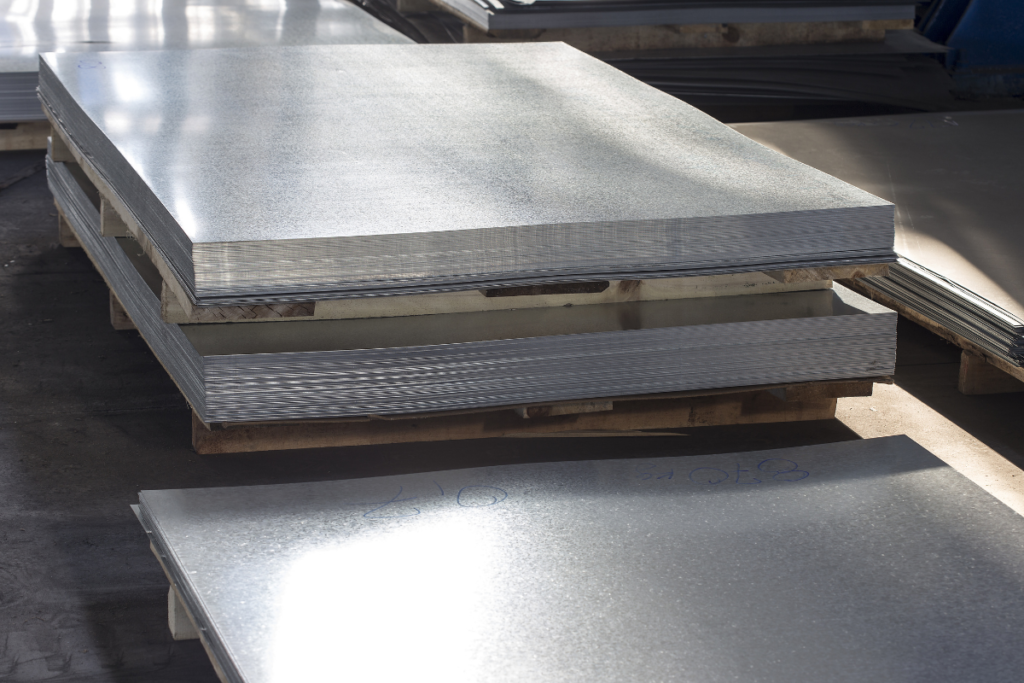
3. What type of surface does your product have?
The type of surface your product has is a very important factor in specifying the type of vacuum tube lifter you will require. Vacuum handling equipment is most effective for products and materials that have a smooth surface. But if your product has a different surface, as mentioned below, a vacuum tube lifter may not be the best solution.
- Smooth
- Rough
- Dusty
- Moist
- Oily
- Textured
- Porous
- Waved
- Dry
If your product is significantly waved, a vacuum tube lifter might not create the seal needed to perform the lifting task. Sending data about the product with dimensions and a picture of your product with a closeup of the surface will help your materials handling equipment supplier to decide if a tube lifter is right for you.
4. What is the weight of your load?
Unlike other types of lifting equipment, vacuum tube lifters are highly sensitive to load capacity. Your products and materials can have a maximum weight of between 35 and 270kg. Sending the weight of your products to your equipment supplier will enable them to define the safe working load for your lifting equipment.

5. What are your next steps?
Preparing your answers to the above questions will help you prepare for your new vacuum tube lifter. Your next steps will be to choose your materials handling equipment supplier and start your enquiry process.
Handling Concepts has put together a comprehensive guide of the questions you should ask before buying new lifting equipment. Feel confident in your decision-making by selecting a lifting equipment supplier you can trust. By following the process recommended above, you can ensure you will achieve the lifting and handling solution that is right for you and your team.
If you are ready to start your vacuum tube lifter project, click here to start your enquiry with Handling Concepts.
Handling Concepts has almost 30 years of experience supplying businesses with materials handling equipment. You and your business can take advantage of the sales team’s specialist knowledge, pragmatic advice and innovative approached to help you with all your handling needs.
Boost productivity, avoid downtime and increase production efficiency with a comprehensive of services, including LOLER inspections, critical spares packages and, of course, vacuum tube lifters.

